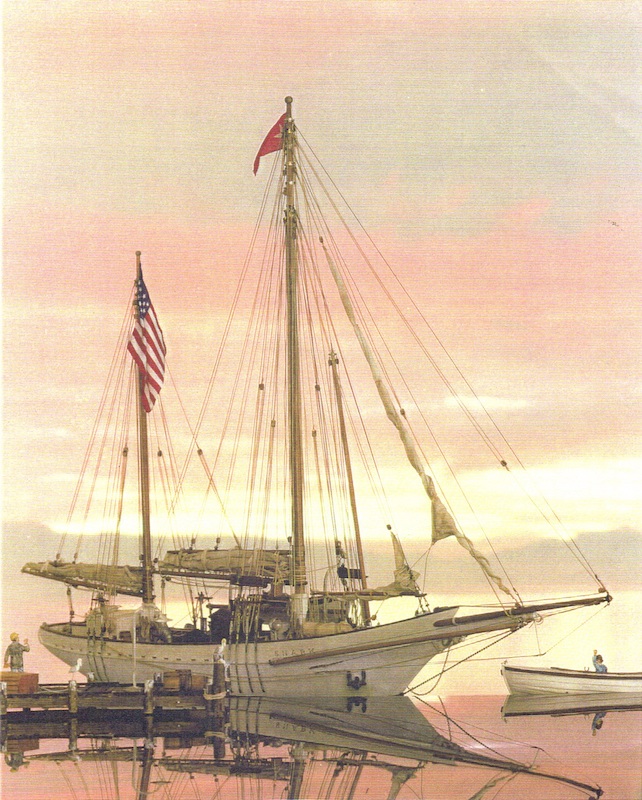The first successful air flight was in a hot air balloon in 1783; since heated air is lighter than cool air, the balloon would rise into the sky. The pilot would ride in a basket attached to the balloon and control the height by adding and subtracting more heat.
The problem with hot air balloons is that you cannot go the way you want. If the wind is blowing west, that means you would have to go west, too.
Flight took a new turn with the invention of the airplane in 1903; the military quickly became aware of its use in combat. “It can go faster and higher than horses,” said one Army aviator. The US War Department bought its first plane in 1909 and it was assigned to the new Army Air Corps.
It wasn’t until the National Security Act of 1947 became law on July 26, 1947 that a separate, independent Department of the Air Force was created, headed by a Secretary of the Air Force.
In Hawaiʻi, the US Army built Luke Field on Ford Island (constructed in 1917;) by 1928, they recognized the benefit of an expanded air presence, including in Hawaiʻi, and they began looking for a new site for modernizing the national defenses here.
Site selection narrowed to about 2,200-acres of land bordered by Pearl Harbor channel on the west, Pearl Harbor Naval Reservation on the north, John Rodgers airport on the east and Fort Kamehameha on the south.
The land was acquired from Bishop, Damon and Queen Emma Estates and on May 31, 1935 Hickam Air Field was dedicated (it was named in honor of Lt. Col. Horace Meek Hickam, a distinguished aviation pioneer who was killed in an aircraft accident on November 5, 1934, at Fort Crockett in Galveston, Texas).
In naming boulevards and avenues on Hickam Field, the War Department deemed it appropriate to remember those early aviation pioneers who were killed in the Hawaiian Islands as a result of airplane accidents: Fox Blvd. -1st Lt. Robert E. Fox, killed 1920; Cornet Ave. -Pvt. Harman J. Cornet, 1920; Boquet Blvd. -1st Lt. Ulric L Boquet, 1921; Manzelman Circle -1st Lt. Earle R Manzelman, 1921; Vickers Ave. -SSgt. Vernon Vickers, 1921; Owens St. -Sgt. Ross Owens, 1922; Julian Ave. -1st Lt. Rupert Julian, 1923; Monthan St. -1st Lt. Oscar Monthan, 1924; Moore St. -1st Lt. William G. Moore, 1924; Catlett St. -2nd Lt Carter Catlett, 1925; Porter Ave. -TSgt. Aaron A. Porter, 1925; Worthington Ave. -1st Lt. Robert S. Worthington, 1927; Signer Blvd. -Capt. John A Signer, 1927; Kuntz Ave. -1st Lt Clyde A. Kuntz, 1929; Atterbury Circle -2nd Lt. Ivan M. Atterbury, 1930; Mills Blvd. -SSgt. Ralph O. Mills, 1930; Scott Circle -2nd Lt William J. Scott, 1931; Baker St. -2nd Lt. George C. Baker, 1931; Wilson St. -Pfc Hicks G. Wilson, 1935 and Beard Ave. -1st Lt. William G. Beard, 1936.
Hickam Field, as it was then known, was completed and officially activated on September 15, 1938. It was the principal Army airfield in Hawaiʻi.
By the end of 1939, the Air Corps organization located at Hickam Field were, Headquarters, 18th Wing; 5th Bombardment Group; Headquarters Squadron, 5th Bombardment Group; 23rd Bombardment Squadron; 31st Bombardment Squadron; 72nd Bombardment Squadron; 4th Reconnaissance Squadron and 17th Air Base Commando (shortly after, the 11th Bombardment Group was included.
In connection with defense plans for the Pacific, aircraft were brought to Hawaii throughout 1941 to prepare for potential hostilities. The only airfield large enough to accommodate the B-17 bomber (the Flying Fortress, at the time, the Air Corps’ most-modern airplane,) in May 1941, Hickam received the first mass flight of bombers (21 B-17s) from Hamilton Field, California.
When the Japanese attacked Oahu’s military installations on December 7, 1941, Hickam Field was an important objective; because the success of the Japanese attack was dependent on eliminating air opposition and precluding US planes from following their aircraft back to their carriers and bombing the task force. Hickam suffered extensive damage, about half of its planes had been destroyed or severely damaged, and personnel casualties totaling 139 killed and 303 wounded.
During the war years, the base played a major role in pilot training and aircraft assembly work, in addition to serving as a supply center for both air and ground troops. Hickam served as the hub of the Pacific aerial network, supporting transient aircraft ferrying troops and supplies to, and evacuating wounded from, the forward areas.
On March 26, 1948, Hickam Field was renamed Hickam Air Force base. After World War II, Hickam was the US primary mobility hub in the Pacific comprised of the Air Transport Command and its successor, the Military Air Transport Service, until July 1957 when Headquarters Far East Air Forces completed its move from Japan to Hawaiʻi and was redesignated the Pacific Air Forces.
Hickam Air Force Base supported the Apollo astronauts in the 1960s and 1970s; Operation Homecoming (return of prisoners of war from Vietnam) in 1973; Operation Babylift/New Life (movement of nearly 94,000 orphans, refugees and evacuees from Southeast Asia) in 1975; and NASA’s space shuttle flights during the 1980s and into the 1990s.
The 2005 Defense Base Closure and Realignment Commission (BRAC) Report to the President combined the once-independent Pearl Harbor Naval Station (Navy) and Hickam Air Force Base (Air Force) management functions with the establishment of Joint Base Pearl Harbor-Hickam (effective October 1, 2010.)
Hickam now consists of 2,850 acres of land and facilities sharing its runways with the adjacent Honolulu International Airport as a single airport complex, operated under a joint-use agreement.
In October 1980, the Secretary of the Interior designated Hickam AFB as a National Historic Landmark, recognizing it as one of the nation’s most significant historic resources associated with World War II in the Pacific. A bronze plaque reflecting Hickam’s “national significance in commemorating the history of the United States of America” took its place among other memorials surrounding the base flagpole. (Lots of information here is from NPS and ‘Hickam’)





























































